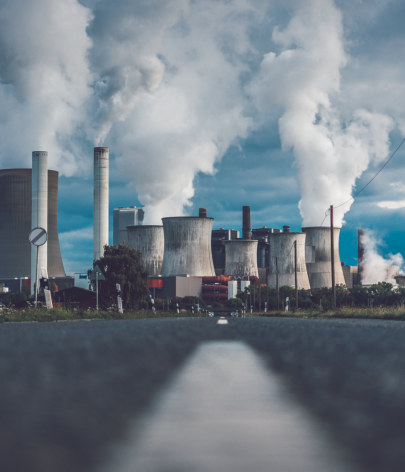
Breadcrumbs
How does Indonesia's JETP compare to net zero pathways?
Indonesia's Just Energy Transition Partnership (JETP) puts it on a pathway for net zero by 2060 - but falls short of a 1.5C-aligned pathway and net zero by 2050
Available in: Indonesia
Dr Achmed Shahram Edianto Electricity analyst in Indonesia
JETP should be the final piece of Indonesia's puzzle to accelerate its energy transition. According to the IEA, Indonesia needs to triple energy investment by 2030 from today's level, equal to USD 8 billion annually, to achieve its 2060 Net Zero target. This JETP deal therefore came at a critical moment for Indonesia to accelerate the clean energy transition and move away from coal. The next critical step is to ensure its implementation in a transparent and inclusive manner so it can be implemented properly, guarantee the effectiveness, and help provide a much-needed framework for the country.

Supporting Material
Acknowledgements
RUPTL 2021-2030
JETP announcement
IEA’s Energy Sector Roadmap to Net Zero Emissions in Indonesia
Solar panels among thatched roof buildings in Indonesia
Credit: Marc Romanelli / Alamy Stock Photo




The Indonesian JETP raises the country’s ambition for power sector decarbonisation and closely aligns to a pathway that delivers Indonesia’s target of net zero by 2060. However, the deal falls short of the ambition required to put Indonesia on a 1.5C-aligned pathway and net zero by 2050.
Featured in the media